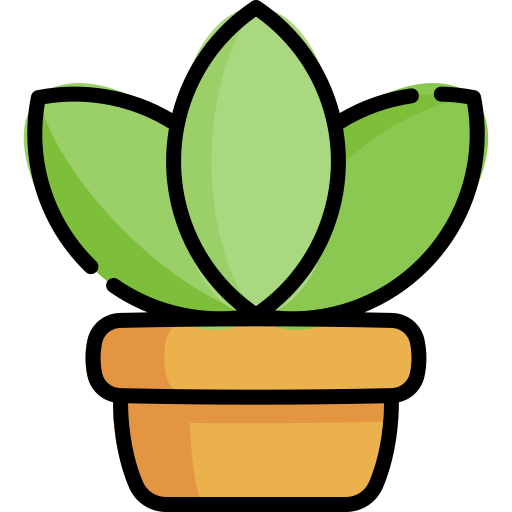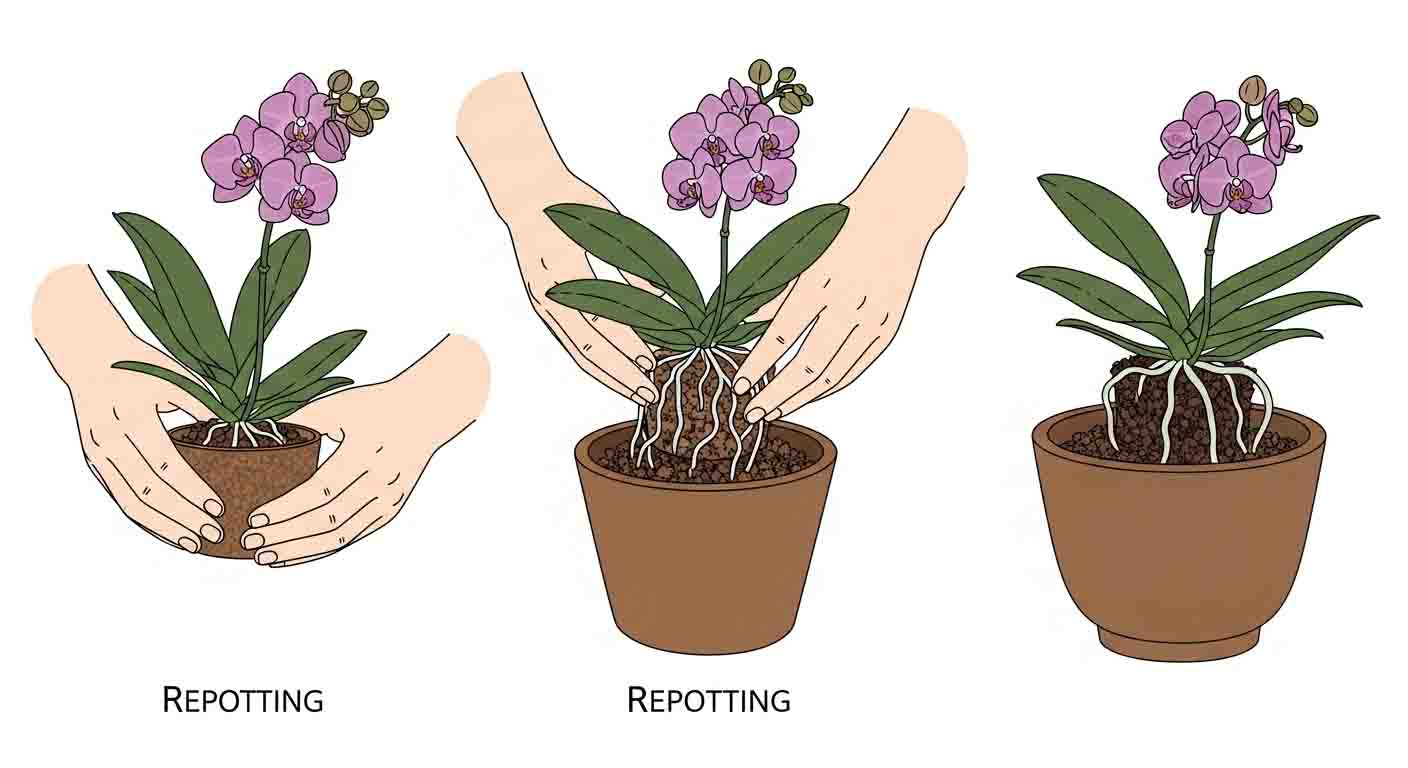Mini orchids are perfect for plant lovers who want beauty in a small size.
They look just like full-sized orchids but take up much less space.
You can place them on your desk, a shelf, or a small windowsill.
Taking care of these little plants is simple and fun.
They bring a touch of elegance to any spot without crowding it.
If you want a lovely plant that fits anywhere, mini orchids are a great choice.
10 Proven Tips on How to Care for Orchids Outdoors for Stunning Blooms
Want to know how to care for a small orchid?
Or keep your blooms bright and healthy?
This guide has all the tips you need.
You’ll learn about light, water, and fertilizer.
We’ll also talk about repotting and seasonal care.
Plus, how to fix common problems.
Follow these steps to keep your mini orchids beautiful all year.
1. What Are Mini Orchids?
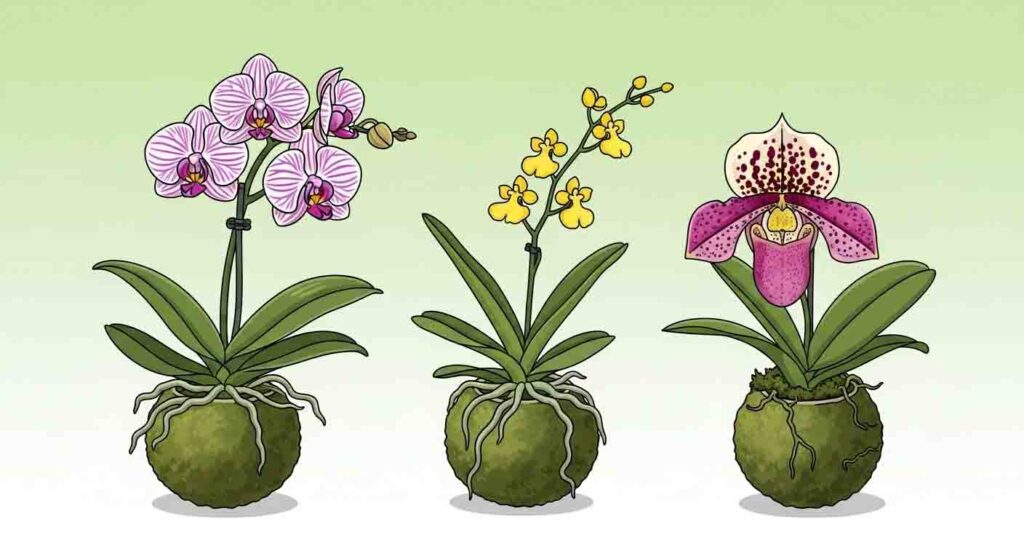
Mini orchids are not baby plants.
They are full-grown orchids made to stay small.
They usually grow between 6 to 10 inches tall.
Their flowers are smaller but just as colorful and detailed as big orchids.
Some common types are:
- Mini Phalaenopsis (the most popular)
- Mini Cattleyas
- Mini Dendrobiums
Fun Fact: Some petite orchids bloom more frequently than standard orchids because of their compact size and shorter energy cycles.
2. Benefits of Growing Mini Orchids
Growing mini orchids has many benefits.
They don’t take up much space, perfect for apartments or offices.
They need less watering than many tropical plants.
You can find them in lots of colors and petal designs.
They make great gifts that last much longer than cut flowers.
3. Choosing the Right Mini Orchid for Your Home
Choosing your first mini orchid?
Keep these tips in mind:
- Light: Mini Phalaenopsis likes medium indoor light.
- Temperature: Keep the room between 65 and 75°F.
- Humidity: Most mini orchids do best in humid places.
These simple steps help your orchid grow strong and happy.
Pro tip: Always inspect leaves, roots, and flowers before purchasing. Avoid plants with yellow leaves, wrinkled pseudobulbs, or mushy roots.
4. Essential Mini Orchid Care Guidelines
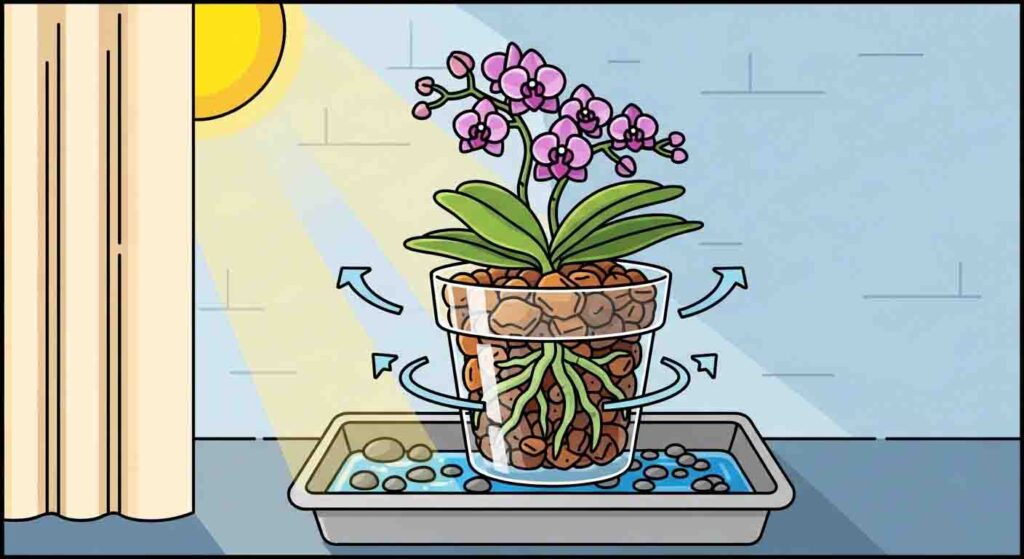
Want to keep your mini orchid healthy?
Here’s what to remember:
- Temperature: Keep it between 65 and 75°F during the day. Nights can be a bit cooler.
- Humidity: Aim for 50 to 70%. Use a humidity tray if needed.
- Airflow: Gentle air movement stops fungus from growing.
- Pot: Clear plastic pots help you watch the roots closely.
Follow these tips for a happy, thriving orchid.
5. How to Take Care of a Small Orchid – Watering Mastery
Watering your mini orchid is super important.
Here’s the right way to do it:
- Soak and drain: Water until it flows out the bottom of the pot.
- How often: Water once a week in winter. In summer, water 2 to 3 times a week.
- Water type: Use filtered or rainwater for the best care.
Get this right, and your orchid will thank you with healthy blooms!
Avoid: Leaving water sitting in the crown of the plant—it can cause crown rot.
6. Lighting Tips for Small and Petite Orchids
Mini orchids love bright, indirect light.
Too much direct sun can burn their leaves.
Too little light stops them from blooming.
The best spots are east-facing windows or shaded south-facing windows.
If you don’t have enough natural light, use LED grow lights.
Give your orchid the right light, and watch it flourish!
7. Feeding and Fertilizing Mini Orchids
Want your mini orchid to grow strong?
Feed it with a gentle fertilizer plan.
- Use a balanced orchid fertilizer (20-20-20) at one-quarter strength.
- Fertilize once a week during growth and flowering.
- Flush the soil with plain water once a month to clear salt buildup.
This easy routine keeps your orchid healthy and blooming!
8. Repotting Miniature Orchids for Healthy Growth
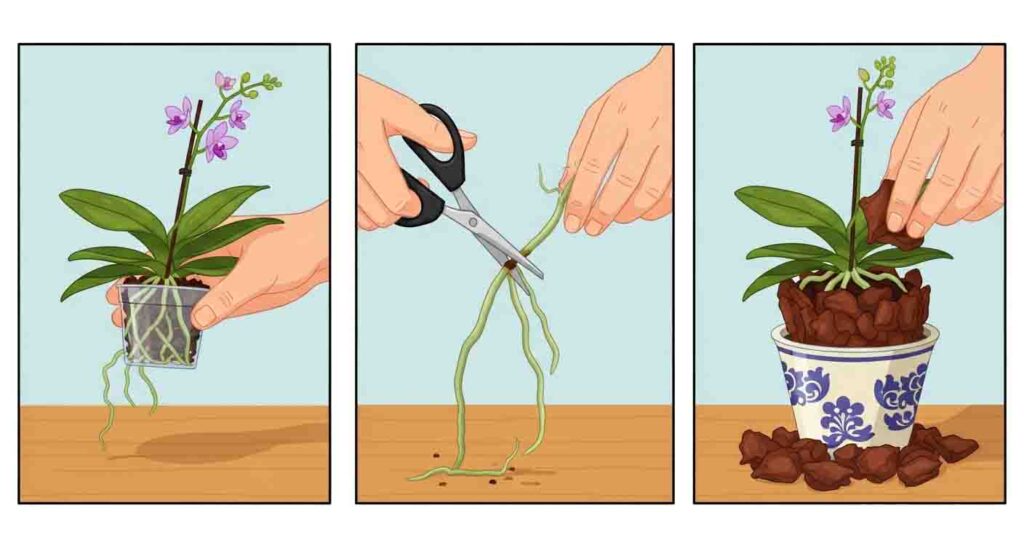
Repotting your mini orchid is key to healthy roots and stopping rot.
Do this every 1 to 2 years, or when the bark starts to break down.
Use fine orchid bark or sphagnum moss and sterilized scissors.
Follow these steps:
- Take the orchid out of its pot.
- Cut off any dead roots.
- Put the orchid in fresh growing medium.
Repotting gives your orchid a fresh start to grow strong!
9. Troubleshooting Common Problems in Small Orchid Care
Worried about your mini orchid’s health?
Here’s how to spot common problems:
- Yellow leaves mean too much direct light or overwatering.
- Wrinkled leaves show underwatering or root trouble.
- No blooms? Give more light and cooler nights.
- Pests? Use insecticidal soap or neem oil to fight them.
Catch these signs early to keep your orchid happy and beautiful!
10. Seasonal Care for Mini Orchids
Want your mini orchid to bloom with the seasons?
- In spring and summer, water more and fertilize often.
- In fall and winter, water less and let the nights get cooler.
Following this helps your orchid stay healthy and flower year after year.
11. Advanced Tips for Long-Lasting Blooms
Want your mini orchid to grow evenly and look its best?
- Rotate the plant every week for balanced growth.
- Keep the leaves clean from dust to help it soak up light.
- Use stakes to support flower spikes and stop them from bending.
- After blooming, prune the spikes to encourage new growth.
These simple steps keep your orchid healthy and beautiful!
12. FAQs on Mini Orchid Care
How often should I water my mini orchid?
About once a week, more often in hot, dry months.
Can mini orchids survive in low light?
They can survive, but they will not bloom without sufficient light.
How long do mini orchids live?
With proper care, they can live for many years and rebloom annually.
Do mini orchids need special soil?
Yes, use orchid-specific bark or sphagnum moss, never regular potting soil.
